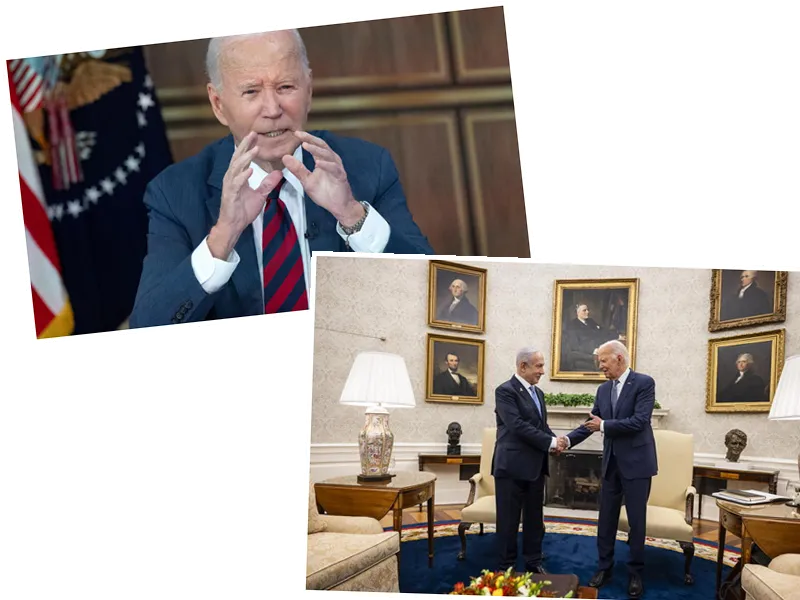Iranian President Calls for Dialogue Amidst Tensions with Israel
In a significant shift from traditional rhetoric, Iranian President Masoud Pezeshkian addressed the United Nations General Assembly, emphasizing that the weapons and missiles developed by Iran are intended solely for self-defense against potential attacks from Israel. This statement has ignited a wave of discussions on social media, with users questioning the implications of such a stance amidst ongoing regional conflicts.
Pezeshkian's remarks come at a time when tensions in the Middle East are escalating, particularly following Israel's recent actions against Hamas leaders. He acknowledged that Hezbollah, a key ally of Iran, cannot operate independently against a state that is heavily supported by Western powers. This acknowledgment of the challenges faced by Hezbollah has led many observers to speculate about a possible change in Iran's strategic approach.
Social media reactions have been mixed, with some users expressing skepticism about the sincerity of Iran's defense posture, given its historical commitment to supporting resistance movements in the region. Questions have arisen regarding when Iran might retaliate against Israel for past aggressions, including the assassination of Iranian scientists and military leaders.
Despite the calls for dialogue, analysts suggest that Iran is under significant pressure, both militarily and psychologically, which may be influencing Pezeshkian's call for a reduction in aggressive posturing. Some experts argue that this could signal a shift towards more diplomatic methods in dealing with regional tensions, although many remain doubtful that Iran will fully abandon its allies like Hezbollah.
The broader implications of Pezeshkian's statements suggest a complex interplay of military strategy and diplomatic efforts as Iran seeks to navigate the challenging dynamics of the Middle East. As the situation evolves, it remains to be seen how Iran's relationships with its allies and adversaries will unfold in the coming months.





